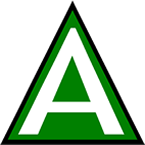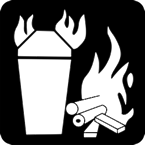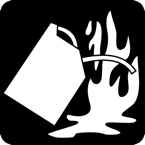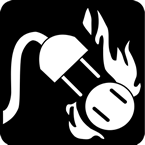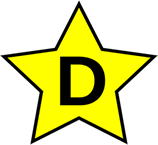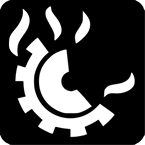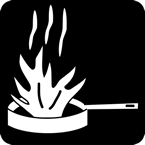Home Safety - Portable Fire Extinguisher
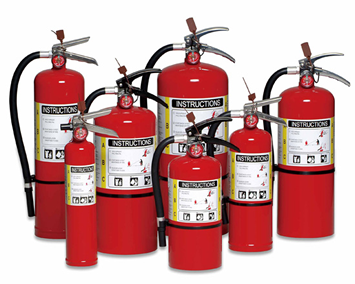
There are basically four different types or classes of fire extinguishers, each of which extinguishes specific types of fire. Newer fire extinguishers use a picture/labeling system to designate which types of fires they are to be used on. Older fire extinguishers are labeled with colored geometrical shapes with letter designations. Both of these types of labels are shown below with the description of the different classes of extinguishers.
Additionally, Class A and Class B fire extinguishers have a numerical rating which is based on tests conducted by Underwriter's Laboratories that are designed to determine the extinguishing potential for each size and type of extinguisher. Click on any of the topics listed below for additional information that may be helpful to know.
Fire Extinguisher Use
Even though extinguishers come in a number of shapes and sizes, they all operate in a similar manner. Here's an easy acronym for fire extinguisher use:
If the portable fire extinguisher has a gauge, be sure to check the gauge to ensure the extinguisher is ready for use.
Pull - the pin at the top of the extinguisher that keeps the handle from being accidentally pressed.
Aim - the nozzle of the extinguisher towards the base of the fire.
Squeeze - stand approximately eight(8) feet away from the fire and squeeze the handle to discharge the extinguisher. If you release the handle the discharge will stop.
Sweep - the nozzle back and forth at the base of the fire. After the fire appears to be out, watch if carefully since it may re-ignite!

